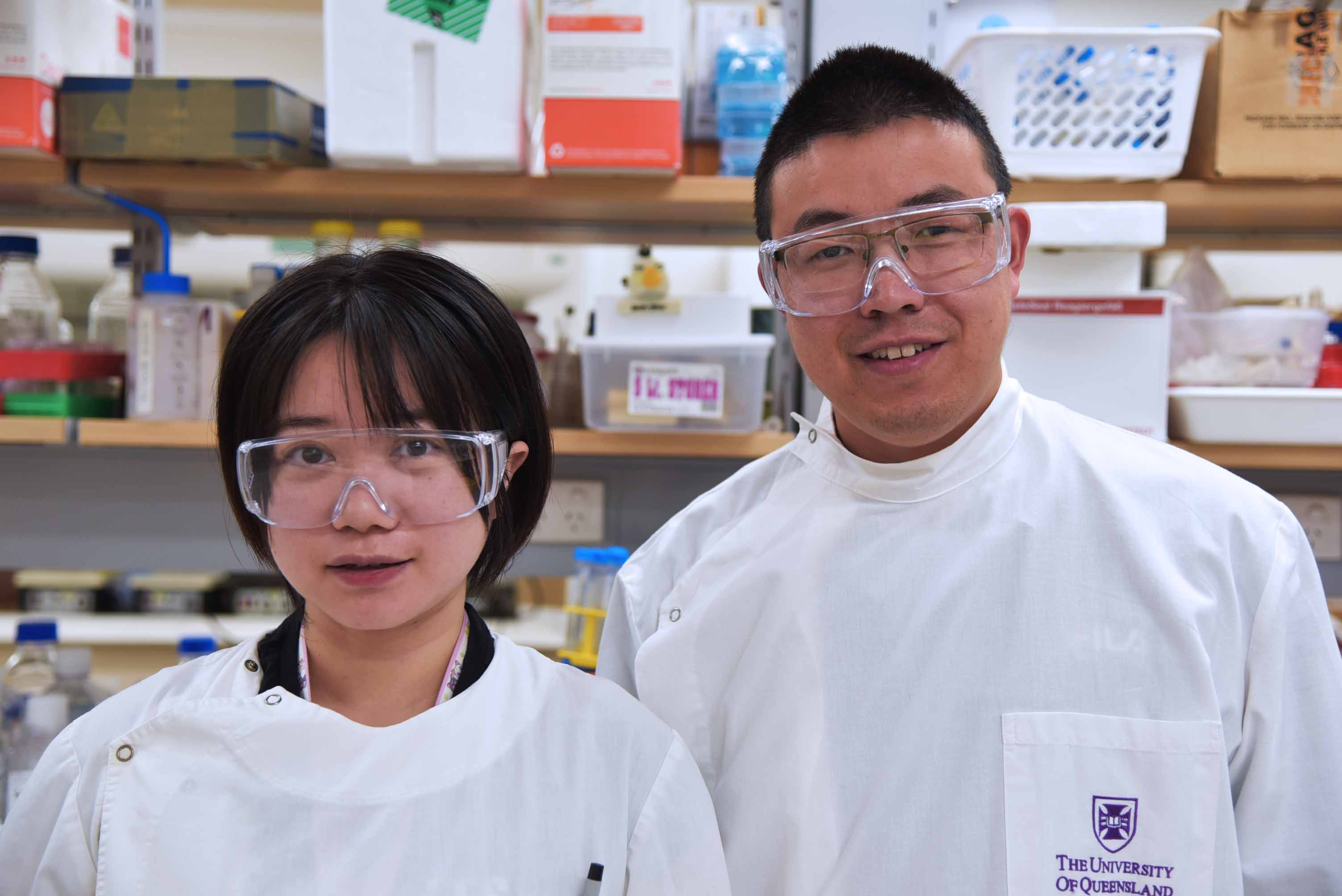Ever heard of sonodynamic therapy? It’s a promising, non-invasive cancer treatment combing ultrasound technology with chemical agents - killing harmful cells with reduced side-effects.
Now, AIBN researcher Dr Run Zhang thinks he’s made the process even more effective.

In the journal Advanced Healthcare Materials, Run and his UQ colleagues Professor Gordon Xu, Phd scholar Miaomiao Wu, Jiaxi Yong, Huayue Zhang and Dr Zhiliang Wang detail a design breakthrough that could allow ultrasound to better target deeply seated cancers.
The key is a new type of sonosensitiser: a tool crucial to the basics of sonodynamic therapy.
“Basically, in sonodynamic therapy, an ultrasound triggers the sonosensitiser, which produces reactive oxygen species (ROS) to kill cancer cells,” he says.
“By enhancing the sonosensitiser, we are trying to enhance ROS production.”

The technical version of Run’s design is this: An effective piezoelectric sonosensitizer featuring ultrathin iron-doped bismuth oxychloride (BOC) nanosheets with rich oxygen vacancies and bovine serum albumin coating on the surface.
Simple version? New nanosheets for a better nano-sonosensitiser, and enhanced sonodynamic cancer therapy.
“The work we’ve done is in service of a treatment strategy that is safe, efficient, highly effective, and carries minimal side effects for cancer patients,” Run said.
“Imagine being able to go through cancer treatment without lengthy hospital visits, or the illness that often follow. That’s what we want to see.”
For Miaomiao Wu, this research also represents a chance to work alongside people like Run to develop new treatments.
“There is a great depth of expertise here at the AIBN for PhD students to draw on,” Miaomiao says.
"Every day we are supported by incredibly smart people. People who can show you what is possible.”
You can read the full paper in Advanced Healthcare Materials here.



